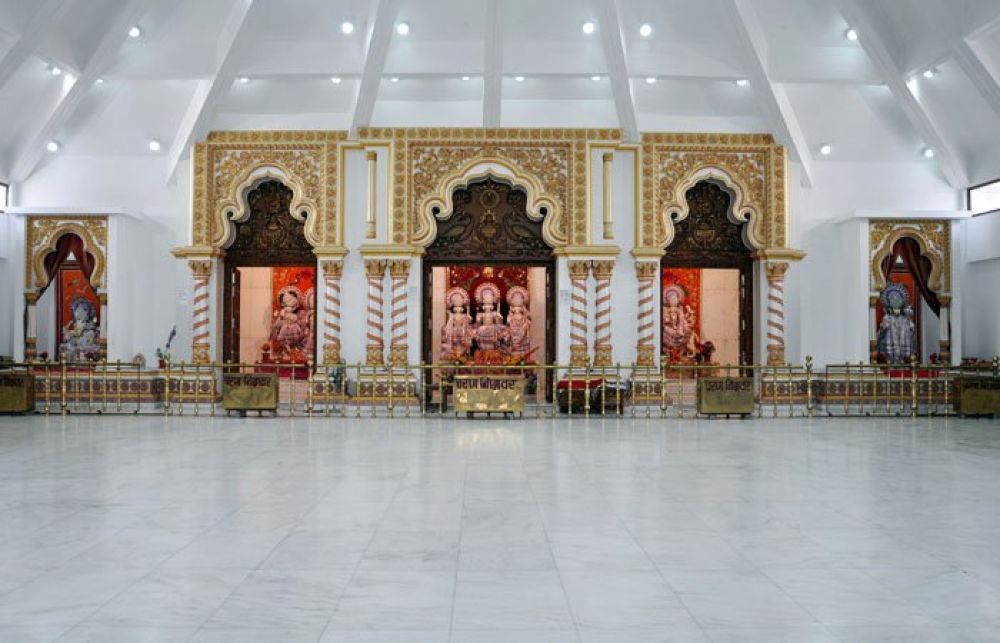

Tulsi Manas Temple, located in the spiritual city of Varanasi, is a revered site steeped in Indian cultural and religious history. This temple holds a special place in the hearts of devotees and tourists alike due to its historical significance and sacred atmosphere. Dedicated to Lord Rama, the temple is named after the saint-poet Goswami Tulsidas, who penned the epic Hindu scripture, Ramcharitmanas, the Awadhi version of Ramayana.
The Tulsi Manas Temple was constructed in 1964 by the Birla family, which is famous for their philanthropic contributions to the construction of temples and other edifices around India. The tale of its origin dates back to the 16th century when Goswami Tulsidas composed the sacred text, Ramcharitmanas, on the very site where the temple stands today. It was built where it was believed Tulsidas sat to write his verses in praise of Lord Rama.
This modern temple is built out of white marble and features engravings of verses and scenes from the Ramcharitmanas. The walls of the temple depict detailed carvings of the epic, allowing devotees to follow the story visually as they move through the temple.
Tulsi Manas Temple sits in the foreground of the larger history of Varanasi as an important pilgrimage destination. Varanasi, also known as Kashi or Banaras, has been attracting pilgrims and travelers from India and around the world for centuries, often referred to as the spiritual capital of India.
The tourism history of Tulsi Manas Temple is intertwined with the tourism history of Varanasi, which has seen a continuous flow of visitors each year due to its array of sacred ghats, ancient temples, and spiritual experiences. Tourists and pilgrims come to the city seeking enlightenment, knowledge, and a connection with the divine.
With tourism evolving over time, Varanasi and the Tulsi Manas Temple have seen changes in the patterns of travel and visitor engagement. Here are some trends in the current travel scenario:
When visiting Tulsi Manas Temple, tourists can immerse themselves in the serene atmosphere and reflect upon the teachings of Lord Rama. The best time to visit is between October and March, when the weather in Varanasi is pleasant. The temple is open daily, and visitors are welcome to join in the aarti ceremonies and explore the beautiful garden in which the temple is situated.
As an important cultural monument and part of the vibrant tapestry of Varanasi, the Tulsi Manas Temple remains a must-visit destination for those interested in spirituality, religion, and cultural history of India.